Fundamentals of Robotics
Data is displayed for academic year: 2023./2024.
Lecturers
Course Description
Robot types and their characteristics. Forms and characteristics of robot elements. Position and orientation of rigid body. Denavit-Hartenberg convention. Kinematics and inverse kinematics. Trajectory planning. Interpolation methods. Modeling of robot dynamics. Lagrange-Euler and Newton-Euler methods. Robot control methods. Algorithms for control of coordinates of robot joint servo systems (position, speed, torque and force).
Study Programmes
University graduate
[FER3-EN] Control Systems and Robotics - profile
(1. semester)
Learning Outcomes
- Apply knowledge of the principles and types of elements of industrial and mobile robotic systems.
- Explain ways to control and program the robot
- Analyze and explain the work of real robotic systems on concrete applications.
- Plan trajectories for robotic tasks.
- Select a control method suitable for the given robotic application.
- Define the solution of robot kinematics and dynamics.
Forms of Teaching
Lectures
Through lectures, homework, and laboratory exercises, we will continuously introduce you to the theoretical and practical aspects of robotic manipulators
ExercisesThrough lectures, homework, and laboratory exercises, we will continuously introduce you to the theoretical and practical aspects of robotic manipulators
Independent assignmentsThrough lectures, homework, and laboratory exercises, we will continuously introduce you to the theoretical and practical aspects of robotic manipulators
LaboratoryThrough lectures, homework, and laboratory exercises, we will continuously introduce you to the theoretical and practical aspects of robotic manipulators
Grading Method
| Continuous Assessment | Exam | |||||
|---|---|---|---|---|---|---|
| Type | Threshold | Percent of Grade | Threshold | Percent of Grade | ||
| Homeworks | 0 % | 30 % | 0 % | 0 % | ||
| Mid Term Exam: Written | 0 % | 35 % | 0 % | |||
| Final Exam: Written | 0 % | 35 % | ||||
| Final Exam: Oral | 20 % | |||||
| Exam: Written | 0 % | 80 % | ||||
| Exam: Oral | 20 % | |||||
Week by Week Schedule
- Basic industrial robot configurations, Review of industrial robot applications
- Definition of robot tool position and orientation, Coordinate transformations (rotations, translations), Quaterninons
- Homogeneous coordinate transformations, Denavit-Hartenberg convention
- Direct kinematics of typical industrial robots, Definition of vector configuration, Inverse kinematics
- Motion kinematics, Jacobian matrix
- Definition of path and trajectory, Taylor path planning algorithm
- Planning of PTP & CP robot motion, Spline interpolation, Optimization of trajectory planning
- Midterm exam
- Newton-Euler I
- Lagrange - Euler
- Newton-Euler II, Dynamics of industrial robots
- Cascade control of robot joints
- Cascade control of robot joints, compensated joint control loop
- Robust and adaptive control methods for servo control of robot end effector
- Final exam
Literature
(.), Z. Kovačić, S. Bogdan, V. Krajči, Osnove robotike, Graphis Zagreb, 2002.,
(.), T. Šurina, M. Crneković, Industrijski roboti, Školska knjiga Zagreb, 1990.,
For students
General
ID 223074
Winter semester
5 ECTS
L3 English Level
L3 e-Learning
45 Lectures
0 Seminar
15 Exercises
13 Laboratory exercises
0 Project laboratory
0 Physical education excercises
Grading System
Excellent
Very Good
Good
Sufficient


 Pristupačnost
Pristupačnost
